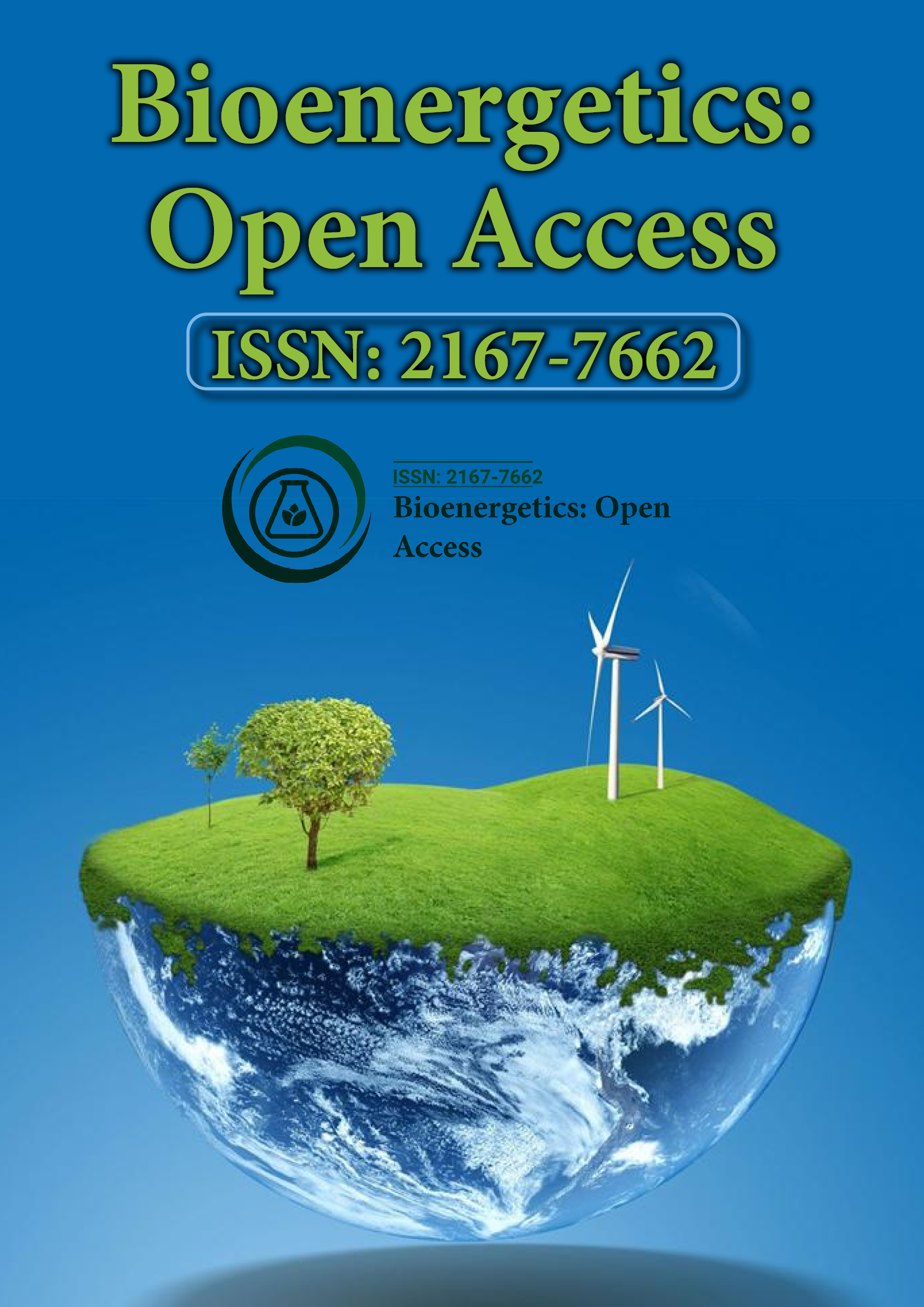Indexed In
- Open J Gate
- Genamics JournalSeek
- Academic Keys
- ResearchBible
- RefSeek
- Directory of Research Journal Indexing (DRJI)
- Hamdard University
- EBSCO A-Z
- OCLC- WorldCat
- Scholarsteer
- Publons
- Euro Pub
- Google Scholar
Useful Links
Share This Page
Journal Flyer

Open Access Journals
- Agri and Aquaculture
- Biochemistry
- Bioinformatics & Systems Biology
- Business & Management
- Chemistry
- Clinical Sciences
- Engineering
- Food & Nutrition
- General Science
- Genetics & Molecular Biology
- Immunology & Microbiology
- Medical Sciences
- Neuroscience & Psychology
- Nursing & Health Care
- Pharmaceutical Sciences
Commentary - (2023) Volume 11, Issue 6
Exploring the Association between Energy Management and Thermoregulation
Bruchas Watts*Received: 18-Oct-2023, Manuscript No. BEG-23-23848; Editor assigned: 20-Oct-2023, Pre QC No. BEG-23-23848 (PQ); Reviewed: 06-Nov-2023, QC No. BEG-23-23848; Revised: 13-Nov-2023, Manuscript No. BEG-23-23848 (R); Published: 21-Nov-2023, DOI: 10.35248/2167-7662. 23.11.240
Description
The human body is a phenomenon of biological engineering, constantly maintaining a delicate balance between various physiological processes to ensure overall health and well-being. Two critical aspects of this balance are thermoregulation and energy homeostasis. While these functions may appear unrelated at first glance, they are intricately associated. This article explores the remarkable association between thermoregulation and energy homeostasis, focusing on the complex interplay between these two essential systems.
Thermoregulation is the body's ability to maintain a stable internal temperature, typically around 98.6 °F ( 37°C ). It is a fundamental process that ensures the body's optimal functioning by safeguarding against the detrimental effects of both excessive heat and cold.
Principal entities in thermoregulation
Principal entities in thermoregulation are the following:
Hypothalamus: The brain's thermostat, the hypothalamus, plays a central role in thermoregulation. It receives temperature information from peripheral sensors and orchestrates responses to maintain core temperature.
Sweating and shivering: In response to changes in temperature, the body can either sweat to cool down or shiver to generate heat.
Blood vessels: Blood vessels near the skin's surface can constrict or dilate to regulate heat loss or retention.
Energy homeostasis: Energy homeostasis is the body's abil.ity to maintain a stable energy balance by adjusting energy intake and expenditure. This process is significant for overall health and survival and is largely regulated by the endocrine system, particularly hormones such as insulin and leptin.
Principal entities of energy homeostatis
The Principal entities of energy homeostatis are:
Insulin: This hormone regulates glucose uptake into cells and helps store excess glucose in the form of glycogen in the liver and muscles.
Leptin: Leptin is produced by adipose tissue and signals the brain to regulate appetite and energy expenditure based on fat stores.
Ghrelin: Ghrelin is known as the "hunger hormone" and stimulates appetite.
Thermoregulation and energy homeostasis
The association between thermoregulation and energy homeostasis is a remarkable wink and complex process. Several mechanisms illustrate how these two systems interact:
Energy expenditure during thermoregulation: When the body needs to generate heat in response to cold temperatures, it burns more energy. Shivering, a thermoregulatory response, increases the body's metabolic rate and thus energy expenditure.
Role of Brown Adipose Tissue (BAT): Brown adipose tissue, unlike white adipose tissue (the body's primary fat storage), is specialized for thermogenesis. BAT is highly metabolically active and burns calories to produce heat. When activated, BAT contributes to both thermoregulation and energy expenditure.
Appetite regulation: The hypothalamus, the central regulator of thermoregulation, is also involved in appetite regulation. It receives signals from hormones like leptin and ghrelin, helping to balance energy intake and expenditure.
Energy reserves: In colder environments, the body may prioritize energy storage by reducing energy expenditure in non-essential functions, conserving energy for thermoregulation and essential bodily functions.
The association of thermoregulation and energy homeostasis is a remarkable demonstration of the body's efficiency in maintaining homeostasis. These two systems work in concert to ensure the body's survival and well-being in diverse environmental conditions. Understanding the intricate interplay between thermoregulation and energy homeostasis can offer valuable insights into various health-related issues, including obesity, metabolic disorders, and the body's response to extreme temperatures. Researchers continue to investigate these connections, uncovering new facets of this complex relationship and its impact on human health.
Citation: Watts B (2023) Exploring the Association between Energy Management and Thermoregulation. J Bio Energetics. 11:240.
Copyright: © 2023 Watts B. This is an open-access article distributed under the terms of the Creative Commons Attribution License, which permits unrestricted use, distribution, and reproduction in any medium, provided the original author and source are credited.
